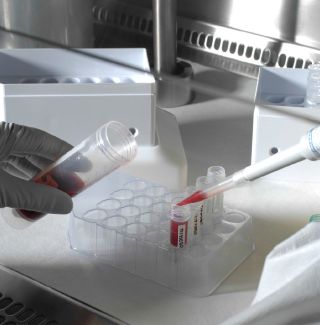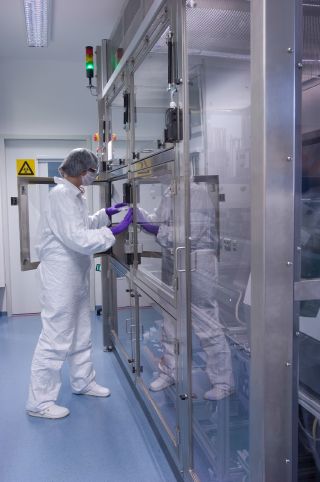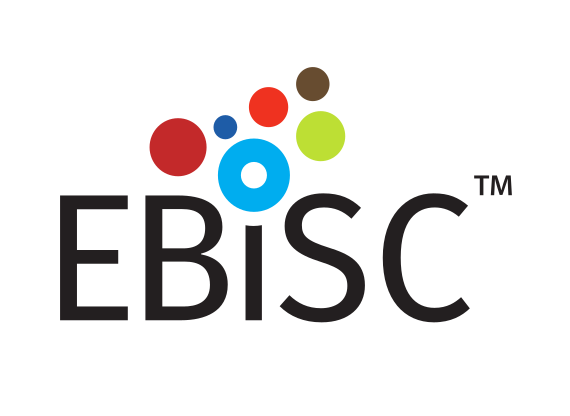Induced pluripotent stem cells (iPSC) are tissue or organ derived cells that have been manipulated or reprogrammed to an embryonic stem cell-like state by being forced to express genes and factors important for maintaining the defining properties of embryonic stem cells. A key feature and defining characteristic of pluripotent stem cells is their ability to be propagated indefinitely whilst maintaining stable properties in tissue culture. As an established iPSC line, each reagent becomes a powerful tool to study biology of normal development and disease specific processes in the laboratory.
Mouse iPSCs were first reported in 2006, and human iPSCs in late 2007. Human iPSCs demonstrate important characteristics of pluripotent stem cells, including expressing stem cell markers, forming cells of the three principal (primary) tissue layers in organisms (ectoderm, mesoderm & endoderm) and are capable of generating cells of the three primary tissue layers. The discovery of how to induce the pluripotent state via "de-differentiation" in cells whose developmental fates had been previously assumed to be determined, has opened up several new avenues of applied research. Crucially the method has now made research into how the behaviour of our various cells and tissues are affected by our genes, much more possible and medical research into the causation and eventual treatment of disease can now be performed with greater accuracy. EBiSC providing access to a large repertoire of genetically diverse cell lines will enable more accurate predictions of patient responses to drugs in clinical development. In the future, human iPSC lines may commonly be used in transplantation medicine, either as the source of the therapy itself or as the basis of a test for predicting safety of novel cell based medicines. Understanding how to induce pluripotent stem cells will also help researchers develop strategies to reprogram cells and repair damaged tissues, in situ in the human body.
In addition, gene editing technology is a critical tool for iPSC research and target validation. Using custom-designed and sequence-specific double DNA strand cutting enzymes, like the CRISPR/CAS9 system or TALENs, gene engineering in human cells has become an elegant tool to generate new disease models.
For more information about stem cells (how they can be made, what they can be used for and any hazards to be aware of etc.), the following sources of information can be consulted:

Consistent supply of standardized, high quality iPSC lines from the EBiSC facility is envisioned to greatly facilitate many categories of research in this important area of stem cell science. These span from the intricacies of the mechanism of reprogramming to factors determining pluripotency and how individual cell fates are programmed in stem cells. Biotech companies and SME research into the development of new cell processing procedures which are more reliable, affordable and efficient, will also be assisted via access to EBiSC’s iPSC lines.
The areas that are most likely to benefit however relate to industry-based research to understand the genetic basis of disease, how individual patients within a given diagnosis are different, the development of new medicines as future treatments and in support of clinical research to understand individual patient responses to medicines being tested.
Typically, medicines fail during clinical development due to lack of efficacy, even when they have been demonstrated 'a priori' to be safe. This is most likely due to a lack of use of disease relevant human cells early in pre-clinical phases of development. The EBiSC bank provides a human iPSC repository to address this and thereby make future drug development more effective.
Major applications of iPSCs include:

